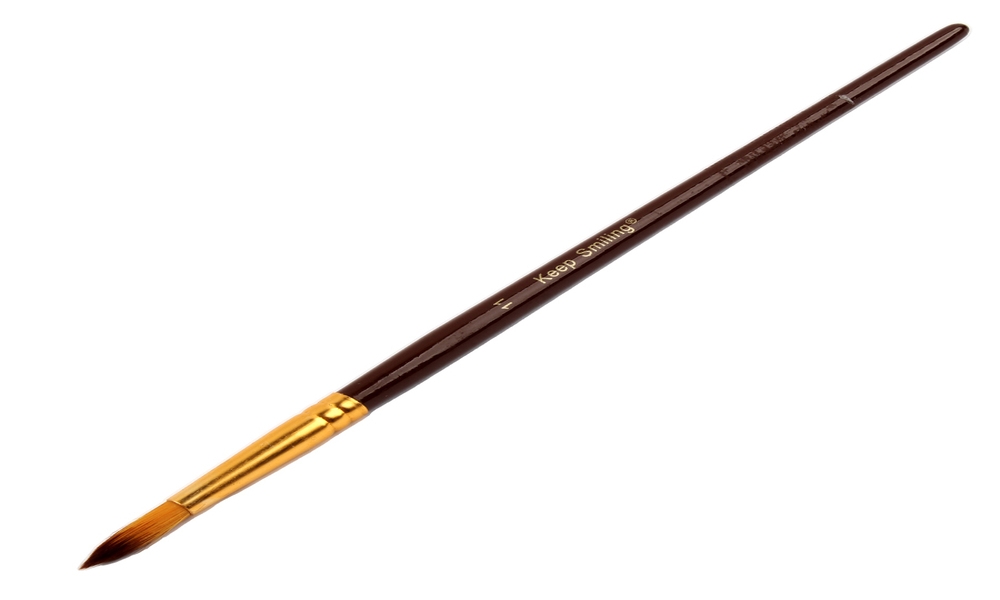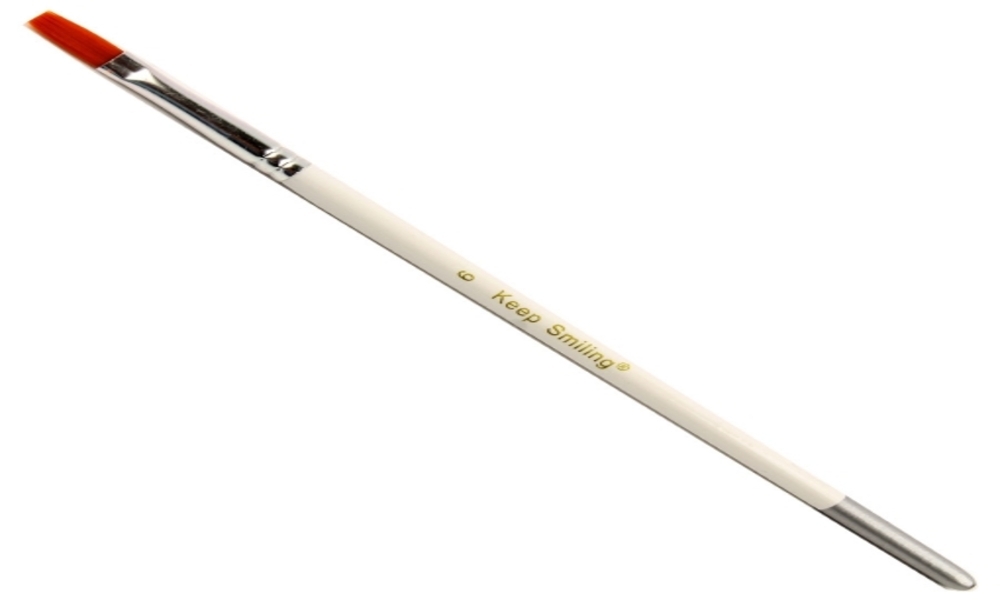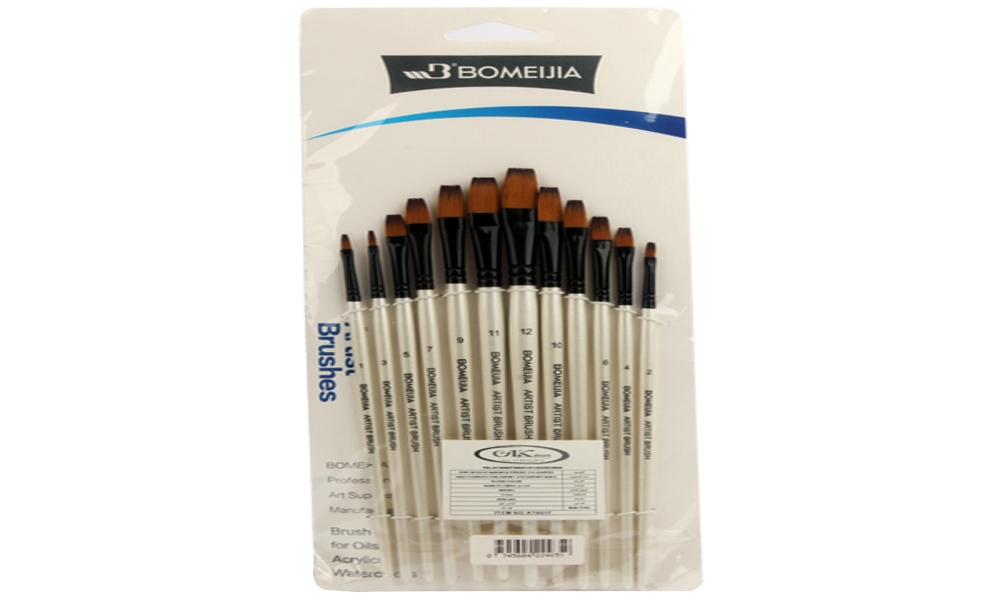The ultimate guide to buying the best painting and coloring brushes – which brush is suitable for each type of paint? Painting brushes are essential tools for both artists and hobbyists. The type of brush you use significantly affects the quality of the artwork, so choosing the brush that matches your needs and paint type is key to achieving excellent results.
The Ultimate Buying Guide for the Best Painting and Coloring Brushes
To buy the best brushes, it's important to determine the type of artwork you plan to create. Brushes vary in shape and quality and are generally categorized into:
1- Round Brushes

This type is ideal for painting fine details and smooth lines, such as the Keep Smiling Round Watercolor Brush Size 11.
2- Flat Brushes
Perfect for coloring large areas due to their wide coverage capability, like the Keep Smiling Acrylic Flat Brush Size 6.

3- Fan Brushes
Used to create natural textures like grass, tree leaves, and sun rays.
4- Other Types
- Angular Brushes: Ideal for sharp lines and shading gradients.
- Detail Brushes: Great for drawing thin, detailed lines with precision.
- Filbert Brushes: Rounded and tapered for high-precision strokes.
- Specialty Brushes: These include angled or "radiator tail" brushes for fine detail coloring.
You can find all types of painting and coloring brushes at Bernasos Stationery, including brush sets like the Pomigia 12-Piece Acrylic and Oil Brush Set.

How to Choose the Right Brush
To create successful artwork, it’s essential to consider all aspects like paper quality, paint type, and brush quality. Here's what to consider when choosing your brush:
1- Based on Paint Type
Each paint type works best with specific brush types for optimal performance:
- Oil Paints: Best used with brushes that have long, firm bristles.
- Watercolors: Soft brushes with high absorbency are ideal.
- Acrylic and Gouache Paints: Durable synthetic brushes are recommended due to the paint's density and fast drying time.
2- Brush Quality
Choose high-quality brushes for long-term use. Here’s how to identify them:
- Check the bristle tips – the easier they separate, the better they absorb color and cover areas more efficiently.
- Gently pull the bristles – if they come off, the brush is low quality. Press the bristles against your hand to test flexibility.
- Hold the brush against light – gaps in the bristles indicate uneven length, which affects painting results.
- Observe if the bristles return to shape after use – this is a sign of good quality.
3- Bristle Material
Brush material affects your painting style, so choose according to your needs:
- Natural Hair Brushes: Great for oil paints and heavy media due to their paint-holding ability.
- Brushes made of Nylon or Polyester: Compatible with many paints like acrylic and gouache. They are easy to clean and provide a smooth painting experience.
Tips for Taking Care of Your Brushes
Proper care extends the life of your brushes and ensures consistent painting results:
- Clean brushes thoroughly after each use to remove leftover paint and prevent stiff bristles.
- Use warm water and soap for water-based paint brushes.
- Use appropriate solvents like turpentine for oil paint brushes.
- Dry brushes vertically, bristles down, to avoid damaging the bristles.
- Never leave brushes soaking for long periods to avoid glue breakdown.
- Comb the bristles after washing to prevent tangling.
- Store brushes in a clean, dry place at room temperature.
- Cover or wrap brushes in soft cloth to protect them from dirt and weather exposure.
This complete guide helps you choose the right brush for your artwork. With the proper brush and care, you can improve your painting skills and achieve excellent results.
You might also be interested in:
